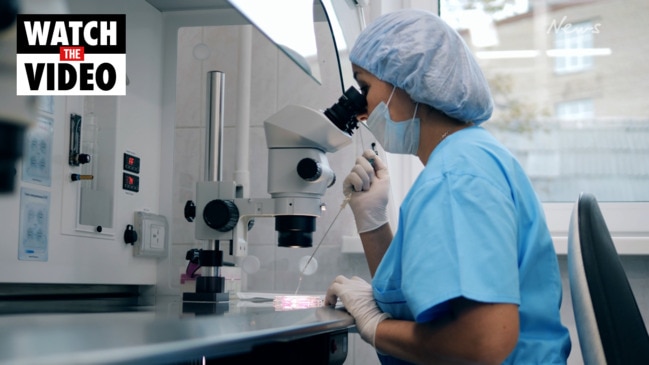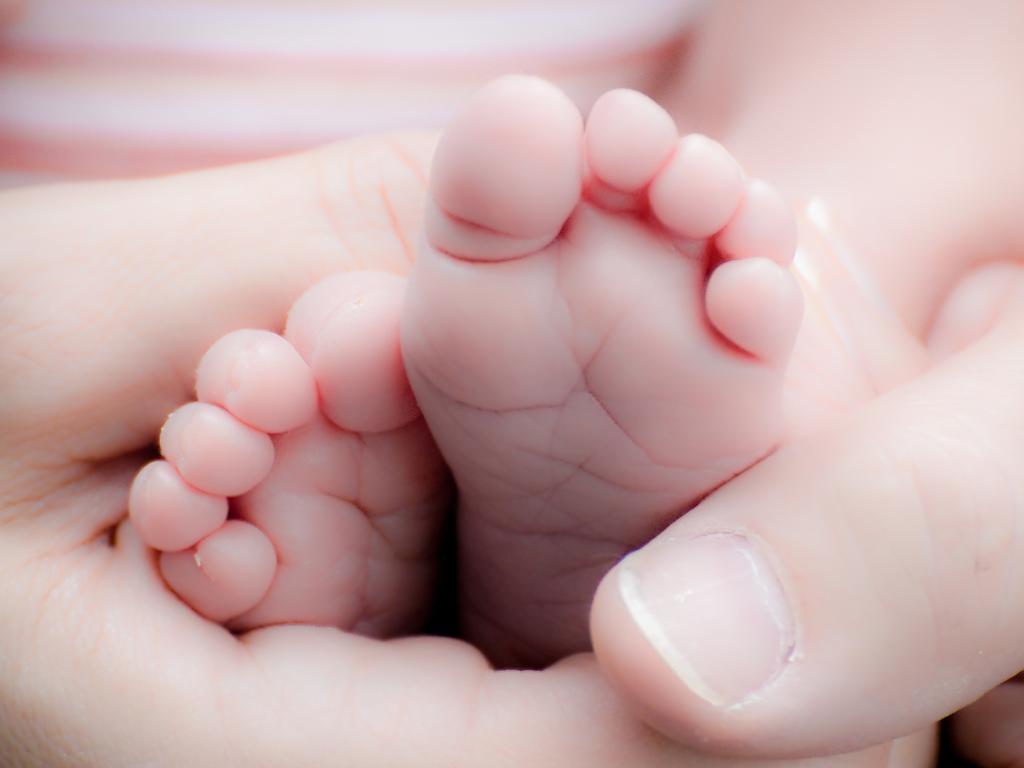How to use the new Australian guideline for unexplained infertility
Treatment for infertility and the cost of IVF could be radically improved under a new Aussie-first, evidence-based guideline to unexplained infertility.

Treatment for infertility and the cost of IVF could be radically improved under a new national guideline, its authors say.
Around one in three Australian couples struggling to conceive a baby have unexplained infertility — meaning doctors are unable to readily identify why they cannot become pregnant.
Now the authors of the Australian-first evidence-based guideline launched on Monday say it offers a “win, win, win”.

“It’s a win for the patient, a win for the health professional and a win for the health funder,” co-author Robert Norman said.
He said IVF was estimated to cost the government $500 million this year through Medicare, with another $200 million for consumers in out-of-pocket expenses.
“This guideline could potentially save more than $100 million in unnecessary health procedure costs annually, while maintaining current pregnancy chances and widening access to treatment,” he said.
University of Adelaide Professor Norman worked with colleagues including Monash University’s Professor Helena Teede and UNSW Sydney’s Dr Michael Costello to develop the guideline.

It offers recommendations for health professionals and also to help women and their partners make informed decisions and avoid expensive, often ineffective, or unproven treatments.
Published in the Medical Journal of Australia it also has a consumer website and a Monash Ask Fertility App.
Professor Teede’s collaborators and the NHMRC Centre for Research Excellence in Women’s Health in Reproductive Life run by Monash University, partnered with the European Society of Human Reproduction and Embryology to help develop international guidelines. Local experts and consumers were then asked to adapt them for use in Australia.
Professor Teede said the guideline was approved by the NHMRC, so the community could be reassured it was trustworthy.

“Unexplained infertility greatly impacts quality of life, and it is important to ensure those affected receive the best advice and care for optimal outcomes,” she said.
Professor Norman says the group also looked at how fertility treatment was funded in Australia.
“What we’re not trying to do is to reduce the funding, because we think infertility is a major issue, and it’s important for Australia,” he said.
“What we’re trying to do is to say, ‘let’s spend the money in a rational way’.
“Many people with unexplained infertility are often over or under-investigated,” Professor Norman said.
“The most intensive is where people are told go straight to IVF, and many people with unexplained infertility end up on IVF when they may not need it.
“We’ve tried to emphasise the role of something that we’ve done in Australia for many years, but I think is being under-appreciated, called intra-uterine insemination (IUI) which works for a large number of people with unexplained infertility.”

IUI involves placing sperm inside a woman’s uterus close to the fallopian tubes to help increase the chance of pregnancy.
“In this guideline we’ve tried to work out who should wait, who should have IVF and who should have IUI,” Professor Norman said.
“We want to see a rational use of the money that we’ve got. This would allow more people who need IVF to have IVF and that may not be all the unexplained infertility patients. They’re going to be the people who live in rural and regional areas, it’s going to be Indigenous people and it’s going to be those people who can’t afford the big financial gaps.”
He said the guideline would help people get simpler treatment more quickly while allowing those who need more advanced treatment to access it quicker.
AT A GLANCE:
•The app helps women with infertility find information of the highest quality from leading experts. Visit: www.askfertility.org
•The guideline outlines the definition of unexplained infertility, diagnostic tests and treatments
•It is free and can be used by medical experts and people with unexplained infertility
Originally published as How to use the new Australian guideline for unexplained infertility




